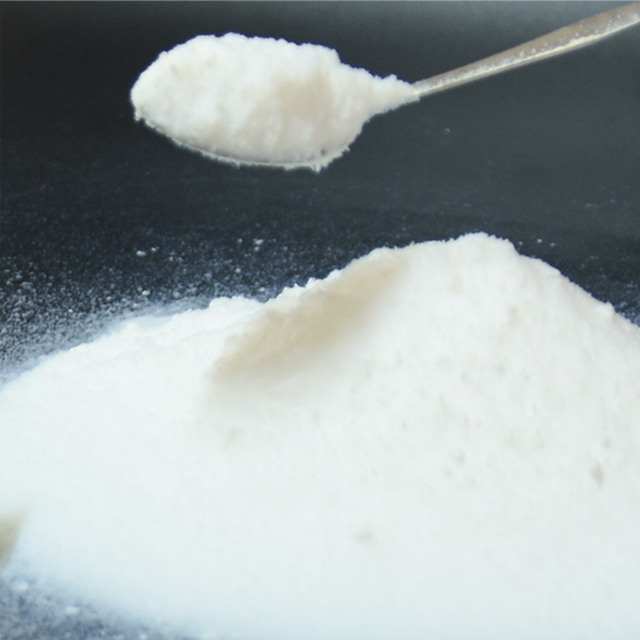Have you ever been curious about why there are two completely different products on the market, gas-phase
silica and precipitated silica, when we talk about silica? What little known secrets are hidden between them?
Let's start with their 'birth'. Gaseous silica, this' high-tech aristocrat ', is carefully' forged 'through the hydrolysis reaction of silicon halides in high-temperature flames. This process not only requires expensive equipment and complex processes, but also comes with high energy consumption. And precipitated silica, on the other hand, is more like a "civilian hero", easily "born" through a simple reaction between silicate and acid. Its preparation process is simple and cost-effective, making it the preferred choice in many industrial fields.

In terms of physical and chemical properties, the two also exhibit completely different styles. Gaseous silica, with its high strength, high stiffness, high specific surface area, and purity, has become the "darling" of polymer materials. The three-dimensional network structure formed in the liquid system endows the material with unique thixotropy. Although controlling the morphology and particle size of precipitated silica is relatively difficult, its chemical inertness and stability make it shine in fields such as rubber and tires.
In terms of application fields, both have their own unique abilities. Gas phase
silica is widely used in various industries such as coatings, adhesives, rubber, plastics, etc., and is a key "secret" to improving material performance. And precipitated silica, with its reinforcing and filling properties, plays an irreplaceable role in the manufacturing of rubber, tires, and other fields.
Now, do you have a deeper understanding of fumed silica and precipitated silica? They are like twins in nature, shining brightly in their respective fields despite their different backgrounds. Next time you see these two types of silica, you may want to think about the stories behind them, perhaps you will have a deeper understanding of them.
